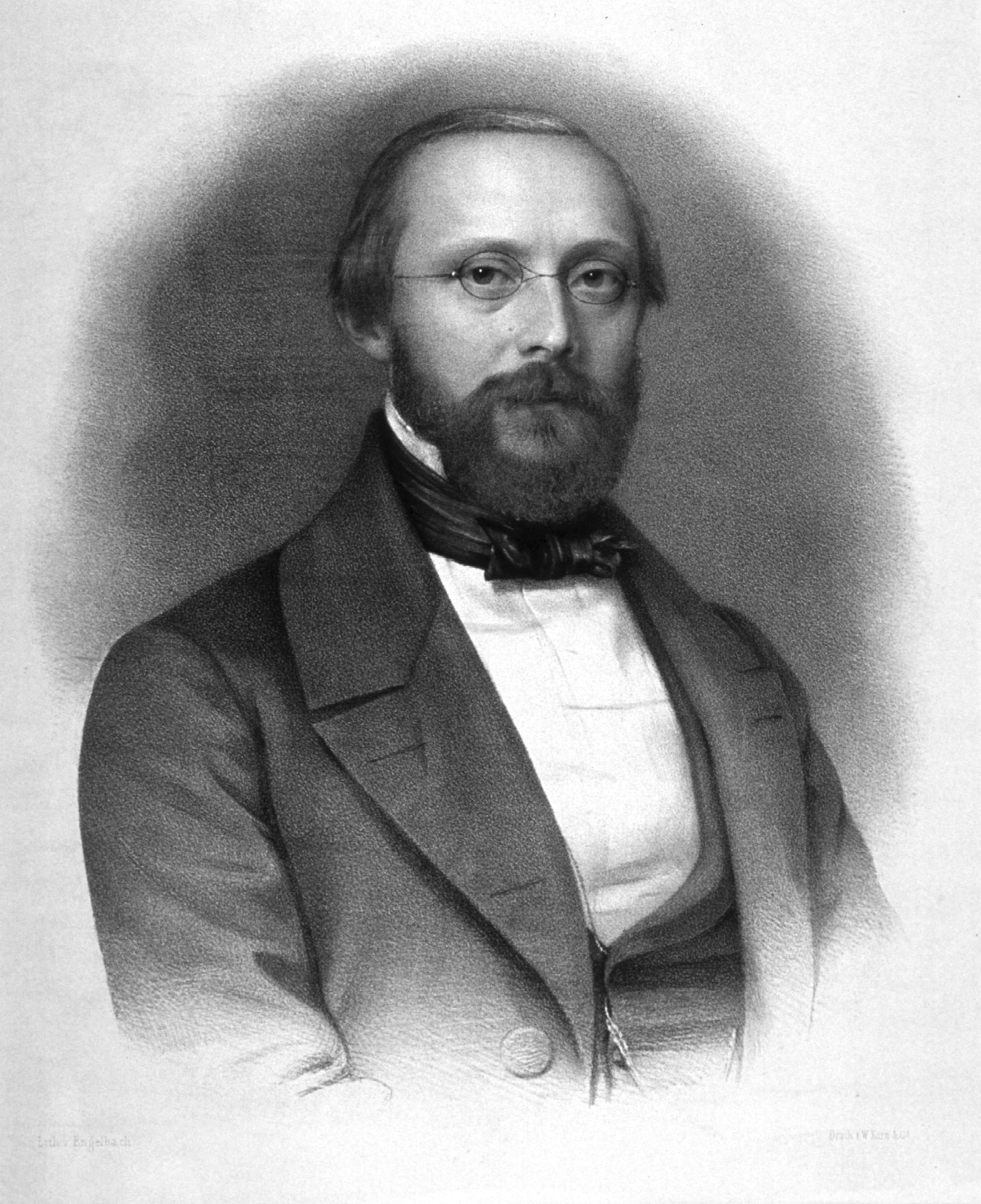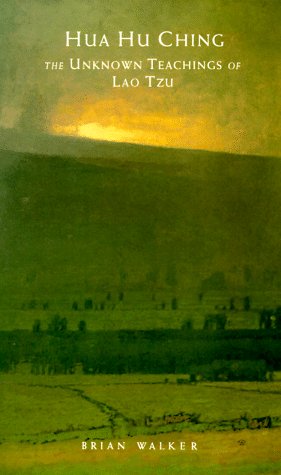

|
I praise my destroyer. The sea turtle’s revenge
But there was never a dull torment,
I praise life’s bright catastrophes |
1 October 2008
|
||
|
Birth of a Great Soul The world is only too full of wild-eyed idealists. Gandhi continues to inspire us because he was a dreamer who stubbornly insisted on making his dreams into a reality, imposing his absolute vision of peace, tolerance and mercy on a world mad with greed and rent by violence. “Be the change you want to see in the world.” We admire him the more, knowing that neither leadership nor even discipline came easily to him. Gandhi struggled not only with the garden variety of self-doubt that plagues the least and the best of us, but with paranoia and a compulsive narcissism that threatened both his sanity and his vision. He conquered his neuroses because he loved his brothers. “Live as if you were to die tomorrow.
|
2 October 2008
|
||
|
Invisible Cities Whether Armilla is like this because it is unfinished or because it has been demolished, whether the cause is some enchantment or only a whim, I do not know. The fact remains that it has no walls, no ceilings, no floors: it has nothing that makes it seem a city except the water pipes that rise vertically where the houses should be and spread out horizontally where the floors should be: a forest of pipes that end in taps, showers, spouts, overflows. Against the sky a lavabo's white stands out, or a bathtub, or some other porcelain, like late fruit still hanging from the boughs. You would think that the plumbers had finished their job and gone away before the bricklayers arrived; or else their hydraulic systems, indestructible, had survived a catastrophe, an earthquake, or the corrosion of termites. Abandoned before or after it was inhabited, Armilla cannot be called deserted. At any hour, raising your eyes among the pipes, you are likely to glimpse a young woman, or many young women, slender, not tall of stature, luxuriating in the bathtubs or arching their backs under the showers suspended in the void, washing or drying or perfuming themselves, or combing their long hair at a mirror. In the sun, the threads of water fanning from the showers glisten, the jets of the taps, the spurts, the splashes, the sponges’ suds. I have come to this explanation: the streams of water channeled in the pipes of Armilla have remained in the possession of nymphs and naiads. Accustomed to traveling along underground veins, they found it easy to enter the new aquatic realm, to burst from multiple fountains, to find new mirrors, new games, new ways of enjoying the water. Their invasion may have driven out the human beings, or Armilla may have been built by humans as a votive offering to win the favor of the nymphs, offended at the misuse of the waters. In any case, now they seem content, these maidens: in the morning you hear them singing. |
3 October 2008
|
||
|
“It’s only money” |
4 October 2008
|
||
|
We live comfortably in the patches of reality where theory is tolerably successful, where reason is functional and predictability predominates. But any day an unexpected event may expel us from this Eden into the larger world of the incomprehensible. It is then that our attitude will sustain or sink us. If we can revel in the mystery, keeping faith in our sights, then we will thrive and grow stronger. — Josh Mitteldorf |
5 October 2008
|
||
|
Ordinary feats of memory It’s difficult to get a handle on just what a hundred trillion synapses can hold. Our daily experience is all about fallibility, missed cues and failures to find names and facts at the moment we need them. Last week, I heard Martha Argerich sit down at the piano and play two piano concerti back to back, both big, complex and sometimes dissonant works, perhaps 20,000 notes, in order and precisely timed. I think of this feat as comparable to the medieval religious scholars who would commit to memory the Bible. If you manage your computer’s hard drive, or you’ve tried to attach files to emails, you’ve discovered that visual information is the most demanding for raw memory bit-power. Last month, a study published by MIT psychologists demonstrated that our brains record the visual information around us in unexpectedly rich detail. Oliva and her students showed subjects nearly 3,000 images, one at a time, for three seconds each. In tests the same day, they were shown pairs of images and asked to select the exact image they had seen earlier... Subjects were tested with three types of pairings: two totally different objects; an object and a different example of the same type of object (e.g. two different remote controls); and an object and a slightly altered version (e.g. a cup that is either full or half-full). Against all expectations, subjects’ recall rates on the three types of memory tests were 92 percent, 88 percent and 87 percent, respectively. “To give just one example, this means that after having seen thousands of objects, subjects didn't just remember which cabinet they had seen, but also that the cabinet door was slightly open,” Brady said. Computer memory is now so cheap that storing vast libraries of information is routine. The problem for programmers is to organize this data with multiple, independent indexing so that facts can be retrieved as they are relevant to a particular situation. Apparently, our brains experience the same embarrassment of riches. |
6 October 2008
 |
||
|
Don’t waste time mourning — organize! “If the workers took a notion they could stop all speeding trains; — Joe Hill, born this day in 1879, was an itinerant worker with charisma and a gift for song. They can only control us if we’re too ashamed to talk to one another. |
7 October 2008
|
||
|
Nature is not the sum of its parts ‘The ability to reduce everything to simple fundamental laws does not imply the ability to
start from those laws and reconstruct the universe. In fact, the more the elementary particle
physicists tell us about the nature of the fundamental laws, the less relevance they seem to have to the
very real problems of the rest of science, much less to those of society.’ The program of 19th century science was to break down complex systems into simple units, and understand the behavior of the whole in terms of its parts. The defining example was thermodynamics: physicists succeeded in explaining some fundamental properties of gases based on molecules that behaved simply as tiny, hard spheres. ‘At each stage entirely new laws, concepts, and generalizations are necessary, requiring inspiration and creativity to just as great a degree as in the previous one. Psychology is not applied biology, nor is biology applied chemistry.’ With the computer revolution of the late 20th century came a hope that if we couldn’t understand large, complex things through analysis, perhaps we could at least simulate them with computer models. But simulations are notoriously full of surprises, and there’s another level of surprises in the real world that do not appear in simulation. Physicists have figured this out and modified their expectations accordingly, but the reductionist paradigm still asserts its tyranny in psychology and evolutionary biology. Ironically, in both these fields, scientists who write of irreducible complexity are disdained as deficient in mathematical rigor. Here is a technical article recently published, that starts with a classic simple system called the ‘Ising model’ and proves that the system contains surprises that cannot be predicted from the simple parts. Here is a New Scientist article explaining the latter. |
8 October 2008
|
||
|
Prayer for the Day of Atonement It is up to us to hallow Creation, to respond to Life with the fullness of our lives. It is up to us to meet the World, to embrace the Whole even as we wrestle with the parts. It is up to us to repair the World and to bind our lives to Truth. Therefore we bend the knees and shake off the stiffness that keeps us from the subtle graces of Life and the supple gestures of Love. With reverence and thanksgiving, we accept our destiny and set ourselves the task of redemption. |
9 October 2008 |
||
|
Some random headlines from Science Daily Compassion meditation may improve physical & emotional responses to psychological stress Meditation can lower blood pressure Mindfulness meditation slows progression of HIV Relaxation response influences expression of stress-related genes Compassion meditation changes the brain Psychotherapists who practice Zen meditation are more effective Cancer survivors more likely to use meditation and relaxation Meditation associated with increased grey matter in the brain |
10 October 2008
|
||
|
Truth is within ourselves TRUTH is within ourselves; it takes no rise — Robert Browning (fr Paracelsus) |
11 October 2008 |
||
|
Listening for that still, small voice We seek guidance from an inspired place within, but as we listen for
that still, small voice we also become hostage to our phobias and
neuroses, which have learned to impersonate inspiration. — Josh Mitteldorf |
12 October 2008 |
||
|
Science and society ‘If medicine is to fulfill her great task, then she must enter the political and social life. Do we not always find the diseases of the populace traceable to defects in society?’ — Rudolf Virchow, born this day in 1821, was one of the fathers of scientific medicine. He lived at a time when the rudiments of cell biology were just being discovered through the microscope, and was the first to figure out where cells always come from (other cells!). He characterized the mechanisms of cancer and advocated tirelessly for socialized medicine. Virchow helped put to rest persistent superstitions about diseases being caused by ‘humors’, but he missed the importance of bacteria, and consequently the role of hygiene in prevention. ‘The intervals between the great revolutions of mankind must be shortening.’ |
13 October 2008
|
||
|
let it go – the
let them go – the
let all go – the — e e cummings, born this day in 1893 |
14 October 2008 |
||
|
Imagination = reality Among many strange phenomena in quantum mechanics is the fact that there really is no distinction between a ‘real’ particle and an abstract, constructed combination which has the properties of a particle. Some examples:
Where all this is leading is to a practical quantum computer.
In the 1980’s,
Frank Wilczek was playing with the laws of quantum mechanics in two
dimensions, and came up with the fantasy that (in two dimensions) it
would be possible for particles to exist that were part-way between a
fermion and a boson. Well, sure ’nuf, laboratory physicists
figured out ways to confine electrons to a two-dimensional surface, and
thus was born the ‘fractional quantum Hall effect’. Now
there is hope that this phenomenon can be manipulated in a way that
heralds the technology of
quantum computing. *Particles of light are bosons, and a river of light particles is called a ‘laser’. |
15 October 2008
|
||
|
Thirty-eight Why scurry about looking for the truth? It vibrates in every thing and every not-thing, right off the tip of your nose. Can you be still and see it in the mountain? the pine tree? yourself? Don’t imagine that you’ll discover it by accumulating more knowledge... Remain quiet. Discover the harmony in your own being. Embrace it. If you can do this, you will gain everything, and the world will become healthy again. Forty-Two Nothing in the realm of thoughts or ideologies is absolute. Lean on one for long, and it collapses. Because of this, there is nothing more futile and frustrating than relying on the mind... Quiet your thinking. Stop analyzing, dividing, making distinctions between one thing and another. Simply see that you are at the center of the universe, and accept all things and beings as parts of your infinite body. When you perceive that an act done to another is done to yourself, you have understood the great truth. — Lao Tzu, Hua Hu Ching, tr Brian Walker |
16 October 2008
|
||
|
Symmetry I love stories of geniuses who snub the establishment, yet in the end the establishment is forced to acknowledge their ideas. Garrett Lisi is a Maui surf bum who has a vision of how all the known elementary particles fall into a spectacular symmetric pattern in 8 dimensions. |
17 October 2008
|
||
|
This morning I watched the deer Why, then, was I suddenly miserable? Well, this is nothing much. This is the wish that the deer would not lift their heads then walk with them, and into the impossible trees. — Mary Oliver, fr Why I Wake Early |
18 October 2008
|
||
|
The best loving partnerships demand of us not great sacrifice but great expansion. — Josh Mitteldorf |
19 October 2008
|
||
|
Nature 1, Civilization 0 Hath not old custom made this life more sweet ~ As You Like It, Act II Scene 1 |
20 October 2008
|
||
|
The Song From somewhere Soon the nights will lengthen |
21 October 2008
|
||
|
Healing cancer Twentieth century science has taught us that cancer is a chance mutation that creates a monster within, a cell that no longer works for the body but steals the body’s resources so it can multiply wildly, eventually killing its creator with its selfishness. All the standard cancer treatments are about killing cancer cells faster than they kill healthy cells in the body. But a minority view in the medical world has been around for decades, recently producing promising new cures without the need for killing healthy cells. I predict that the new view is taking over: Dangerous errant cells, both of internal and external origin, are a common occurrence in the body, but the immune system eliminates them so efficiently that they never even rise to the level of pathology. Cancer takes hold when the body tolerates invasion. Many things can derail the immune system, allowing cancer to get a foothold, for example
Cancer is a systemic disease. We are learning to treat it by supporting the immune system, by healing rather than by killing. Here is the story of a Japanese researcher in Philadelphia who has found a powerful molecule that restores the response of white cells to cancer when it has been switched off. Here is a story I reported last year at Daily Inspiration about a Chinese researcher in North Carolina who imports white blood cells from a healthy individual to eliminate cancer. |
22 October 2008
|
||
|
Ned Rorem at 85 Born this day in 1923, Ned Rorem writes jazzy, fresh and accessible music in the tradition of Copland. Listen to Fandango from his chamber suite Bright Music. |
23 October 2008
|
||
|
Microcosm Antonie van Leeuwenhoek, born this day in 1632, played with glass rods in a hot flame, pulling on the ends, then sorting through the tiny spheres that dropped off, testing for optically accurate objectives. “I’ve spent more time than many will believe looking through my microscopes, but I’ve done it with joy, and I’ve taken no notice of those who have asked, why take so much trouble with something so small?” Van Leeuwenhoek sold draperies for a living. Building microscopes and observing what was at their other end was always his hobby. He reported having seen ‘animalcules’ in drops of rain water, and fibers in muscle tissue. It would be another 200 years before it was discovered that van Leeuwenhoek’s microbes were paramount agents of disease and symbiosis, the foundation of every ecosystem. |
24 October 2008
|
||
|
No conflict The Independent of London has a feature this week on habits and choices that are correlated with longevity. We all know about austerity — losing weight, meditating, exercising like a fiend — but the surprise is how many things on the list are fun and enjoyable. All are good for us now, and also in the long run. Lifelong learning, eating chocolate, an active sex life, and strong ties to friends and family are all on the list. The most powerful things you can do for your long-term health are congruent with a program of health, wellbeing and happiness in the present. Article in the Independent My own web page on longevity |
25 October 2008
|
||
|
So, you want to be more creative... Make your appointment with the muse, and keep it religiously. Do your part. It’s true that the muse is temperamental, and she will
test your faith. — Sara Glaser and Josh Mitteldorf |
26 October 2008 |
||
|
‘Let the censorious whispers of the old be to us as worthless as the gold of fools.’ Dominick Argento writes music that is ‘lyrical’, which is to say that he doesn’t torture singers with unsingable melodies, nor demand that listeners hear his works 30 times before their appeal becomes manifest. Argento the ‘Minnesota romantic’ has been a prof at the University of Minnesota for 50 years, and has a reputation that defies the stereotype of the temperamental artist. He is friendly, devoted to his students, in love with the same wife for 40 years. His music is passionate, fresh and accessible.
MPR Radio interview (2004) Dominick Argento turns 81 today, and is still creating. |
27 October 2008
|
||
|
You are wholly lovely. A perfect shaft of pure light. Before your loveliness the stars stand transfixed, and bow to the power of your will. |
28 October 2008
|
||
|
The White Deer
|
29 October 2008
photo C C Lockwood |
||
|
Widening our circle of compassion A human being is a part of the whole called by us universe, a part limited in time and space. He experiences himself, his thoughts and feeling as something separated from the rest, a kind of optical illusion of his consciousness. This illusion imprisons us, restricting us to our personal desires and to affection for a few persons nearest to us. Our task must be to free ourselves from this prison by widening our circle of compassion to embrace all living creatures and the whole of nature in its beauty. — Einstein |
30 October 2008
|
||
|
Reincarnation UVa Psychiatrist Ian Stevenson launched his career by questioning the assumption that adults cannot change. He became best known for collecting stories of children who remember past lives. Beginning in the 1960s, Stevenson made trips to India and Tibet, interviewing children and their parents, investigating facts about their past lives that they had no ordinary way of knowing. These children supply names of towns and relatives,
occupations and relationships, attitudes and emotions that, in hundreds
of cases around the world, are unique to a single dead individual, often
apparently unknown to their present families. But the fact is, the
people the children remember did exist, the memories that the children
claim can be checked against real lives and their alleged feats of
identification verified – or contradicted – by a variety of witnesses.
(Tom Schroder,
Old Souls) Stories of prophetic dreams birthmarks that echo injuries from another life Born on Halloween, 1918, Ian Stevenson passed into another life last year. |
31 October 2008
|






























